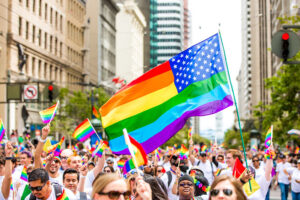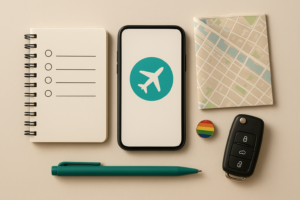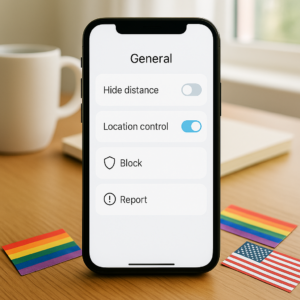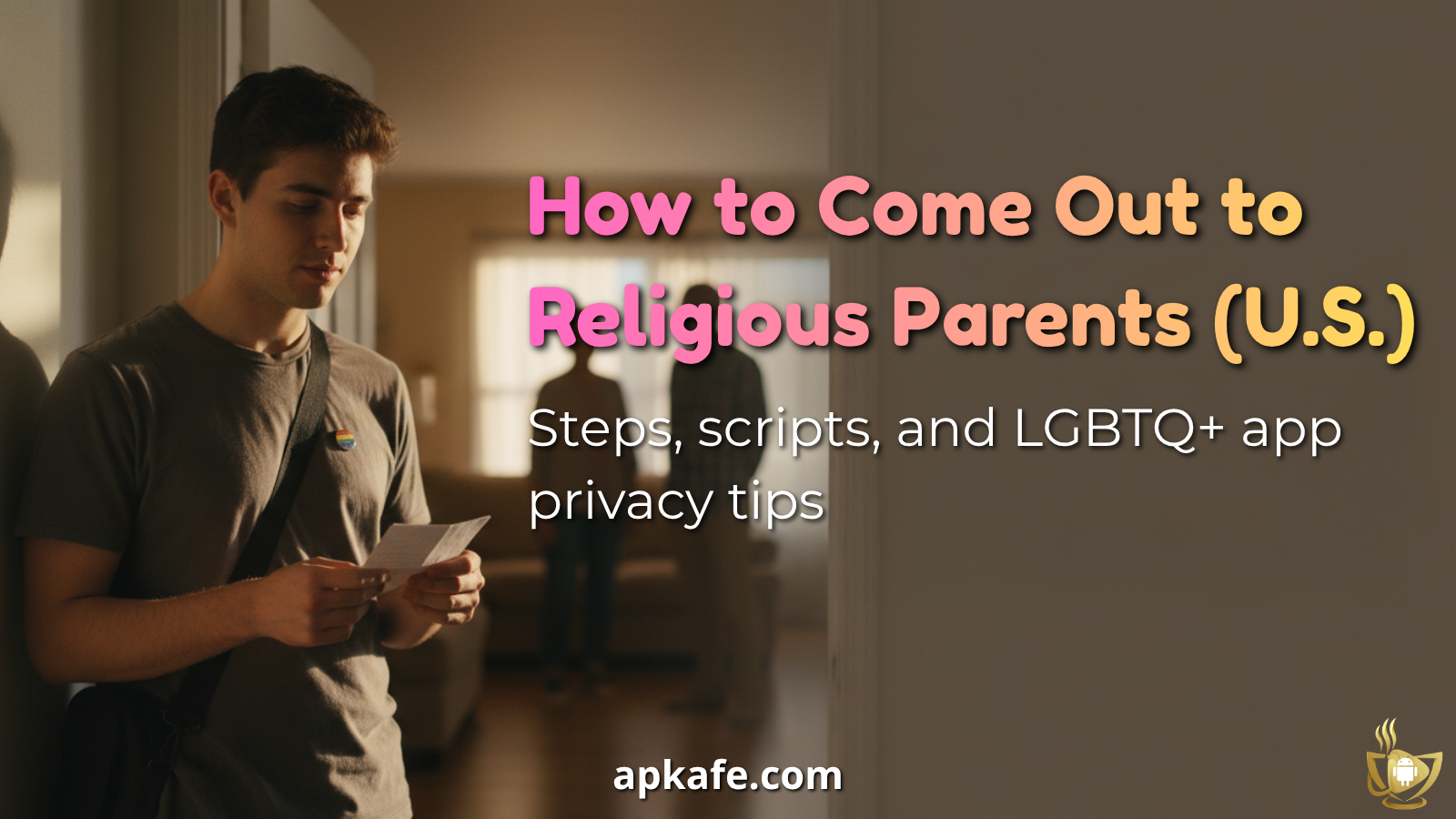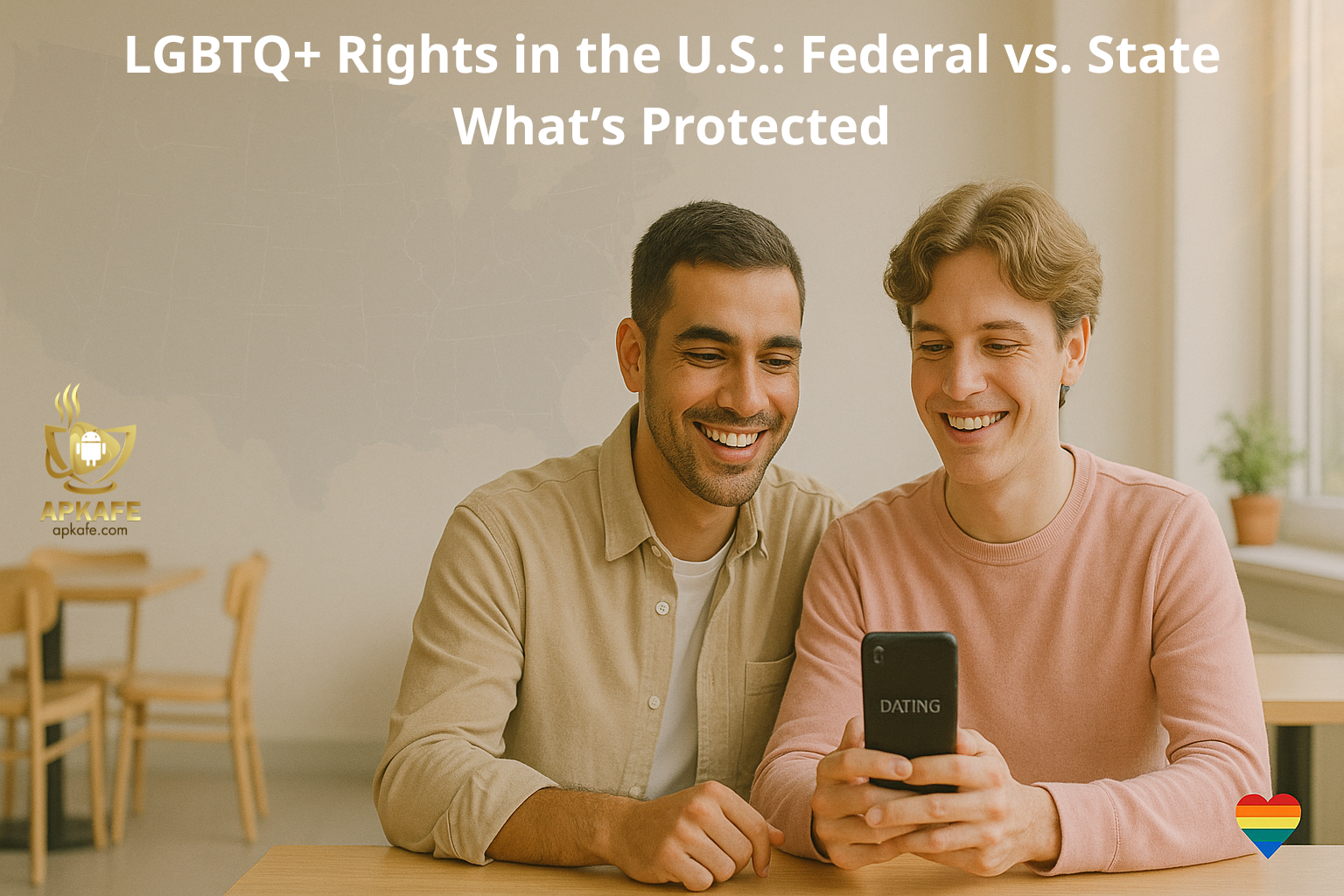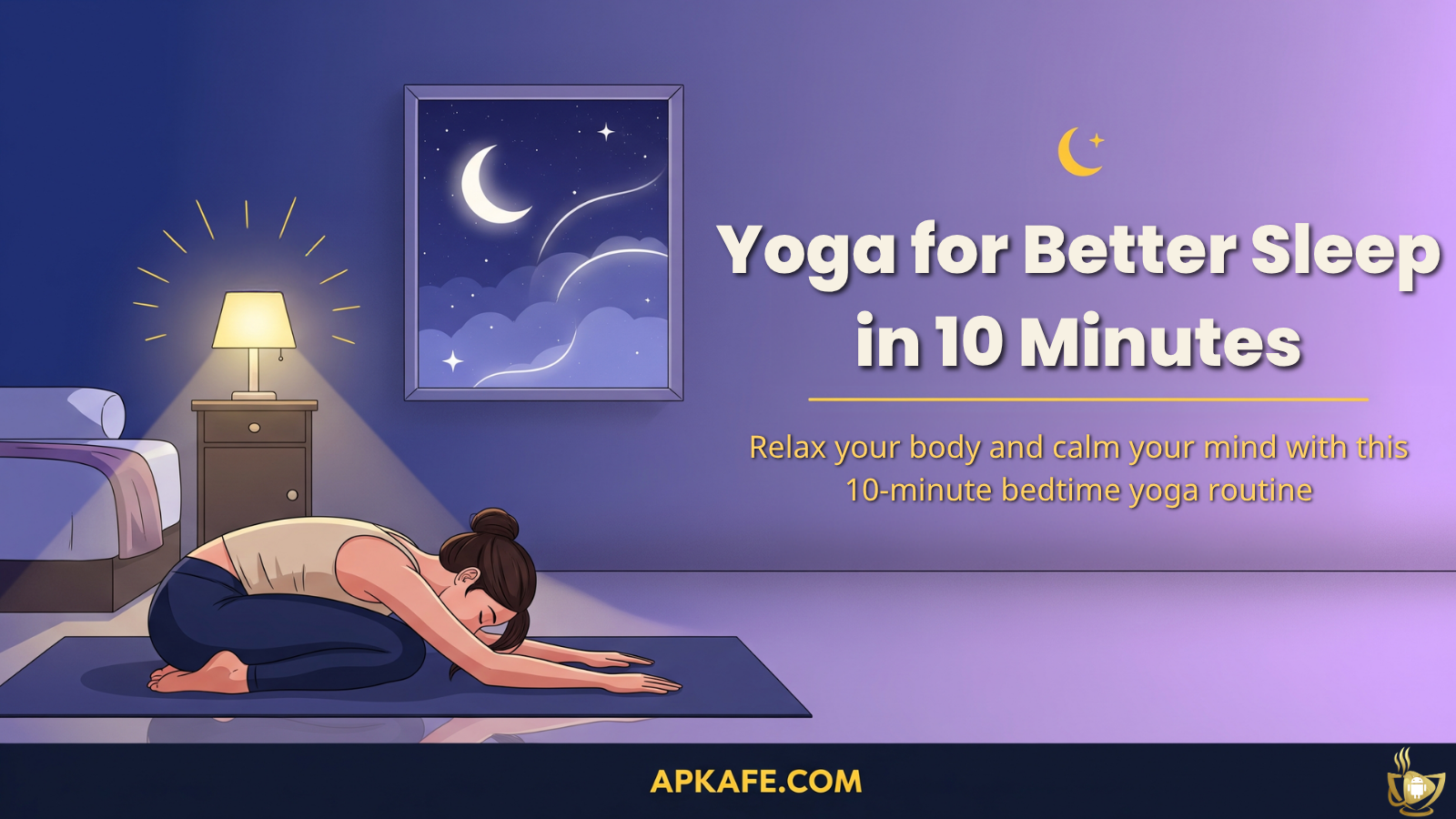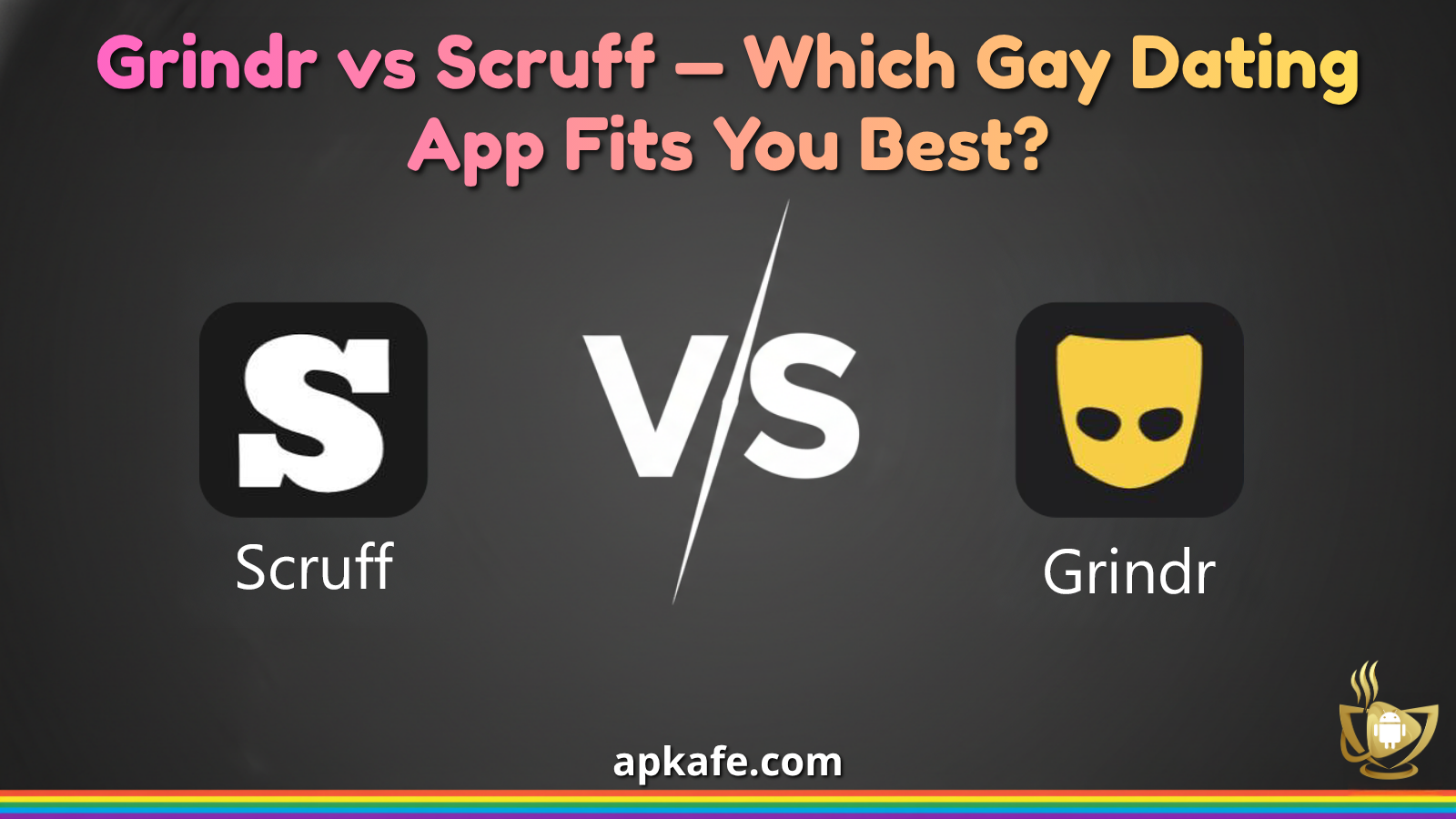🏳️🌈 LGBTQ+ Rights in the U.S.: Federal vs. State — What’s Protected (and How to Date Safer)
By the end, you’ll have: (1) a 10-minute rights check you can reuse, (2) copy-paste safety scripts, and (3) a one-page checklist for first dates. Bonus near the end: a “State & City Search” string bank you can paste into Google. Federal protections are the floor, not the ceiling
TL;DR (saveable): Federal law sets a baseline (e.g., marriage equality, workplace protections through federal interpretation), while states and cities decide many day-to-day rules (public accommodations, ID changes, healthcare access, data/privacy). Because this patchwork shifts, do a 10-minute rights check before you travel or meet; turn on privacy controls in Grindr, Tinder, Hinge, OkCupid, and Scruff; and follow the safety checklist below.
As you read, note your state + city, the app you use most, and any upcoming travel. You’ll convert those into a tailored checklist by the end.
Crossing a state line can change your safety.
Why this guide matters (and how to use it)
Dating while LGBTQ+ in the U.S. often means navigating a map of uneven protections. Federal rules act as a floor, not a ceiling; state legislatures, governors, courts, and even city councils fill in the rest—sometimes helpfully, sometimes not. This guide does three things:
- Shows how to check your protections fast (no law degree required).
- Translates the legal patchwork into practical dating-app moves across the big five apps: Grindr, Tinder, Hinge, OkCupid, Scruff.
- Gives you a state-aware first-meet plan and a repeatable privacy/safety checklist.
If you had a first date one state over tomorrow, what’s the one setting you’d change first—location precision, discovery visibility, or linked socials?
Federal vs. state: the 90-second snapshot
- Federal = baseline expectations. Think: constitutional rights, marriage equality, federal anti-discrimination interpretations that include sexual orientation and gender identity in certain contexts, federal hate-crime statutes, and agency guidance. These are the broad protections many people reference when they say “it’s covered.”
- State (and city) = daily reality. States decide much of what you actually feel in daily life: public accommodations policies (restaurants, bars, venues), housing and credit, ID/document changes, school rules, healthcare access, and data/privacy protections that affect outing risks. Cities can add local nondiscrimination ordinances and enforcement hotlines.
- Practical implication: Two coffee shops 25 minutes apart may treat IDs, restrooms, or harassment reporting very differently. Your success and stress levels hinge on knowing which rules apply—before you go.
Keep your state/city in mind. In Section “The fast workflow,” you’ll build a mini research habit you can run in under 10 minutes.
Which rules apply to your venue tonight—state or city?
25% done — next: the 10-minute workflow (it’s faster than you think).
The fast workflow: do LGBTQ+ rights research in ~10 minutes.
This isn’t theory — it’s a checklist you can finish in ten minutes.
Ten minutes of research, ninety percent less risk.
Use this whenever you plan a date in a new area, you’re traveling, or headlines hint a policy shifted.
Step 1 — Define your likely scenario (2 min)
List your realistic first/second-date contexts for the next two weeks: café/bar, bookstore, mall, public park, rideshare to/from, or a community event. Add personal factors (e.g., you use/need a particular name and pronouns, you carry student or military ID, you’re a visitor at a campus venue).
Pitfall: Researching everything at once.
Pro tip: Pick two contexts you actually expect this week—e.g., “daytime café + rideshare.”
Step 2 — Confirm the federal floor (1–2 min)
Search something like: federal LGBTQ protections summary and skim a nonpartisan overview. You’re orienting—what bucket does your situation fall in (employment vs. venue vs. school)? Don’t get lost in case law; you’re building expectations.
Pitfall: Treating summaries as legal advice or as universally enforced.
Pro tip: Federal is the floor. The state/city layer determines your day-to-day friction.
Step 3 — State and city sweep (3–4 min)
City rules may beat state rules—check both.
Run quick, targeted searches:
- Your State + LGBTQ public accommodations
- Your State + name change OR ID gender marker
- Your City + nondiscrimination ordinance
- Optional: Your State + data privacy LGBTQ or Your State + civil rights complaint
Favor .gov and official sites for current policy text; use reputable orgs for plain-English explainers. If your date is within city limits, a city ordinance might offer stronger coverage than the state baseline.
Pitfall: Stopping at the state level.
Pro tip: If your city has a civil rights office or 311 pathway, save the number. Local enforcement often matters most at venues.
Step 4 — Venue & route scan (2 min)
Travel prep: route, public venue, and a quick checklist.
Skim the venue site or recent reviews for cues: posted code of conduct, security presence, lighting, restroom info, and hours. Choose well-lit, staffed spaces close to a backup spot. Map a route that keeps you on major streets and near transit.
Pitfall: Assuming every staff member knows the rules.
Pro tip: Pick businesses that post policies publicly—clear standards help you and the staff.
Step 5 — Save and stage (1 min)
- Screenshot key pages/ordinances.
- Save the venue address and the city hotline.
- Add your trusted contact and a message template: “Headed to Bean & Book 6:30–7:30. Will share location. Ping if not back by 8.”
Pitfall: Losing proof when stressed.
Pro tip: Create a “Safety” album in your phone; drop screenshots and your plan there.
Have you saved the city hotline and key screenshots?
You’re halfway. Up next: privacy switches that cut risk in minutes.
Quick win unlocked: you now have a repeatable 10-minute check you can run before any date.
Top Dating Apps for Gay Men (US) — Compare in 60 seconds.
Dating-app privacy basics (applies to Grindr, Tinder, Hinge, OkCupid, Scruff)
Challenge: Turn off one setting that exposes your location more than you realized.
Hide precise distance; protect real-world privacy.
You can’t control state laws, but you can reduce exposure and friction in apps. The moves below are feature-agnostic patterns you can implement today.
1) Location & distance control
- Turn off precise distance if available; prefer city-level or “nearby” indicators—especially in small towns.
- When traveling, set your discovery city before arrival; reconsider discovery radius in unfamiliar places.
- Share landmarks, not addresses. Meet somewhere between you rather than at either residence.
Quick win unlocked: your profile is now harder to trace, easier to enjoy.
Pitfall: Broadcasting exact meters/feet.
Pro tip: Increase search radius while hiding precision; let conversation do the filtering.
What Gay Guys Look For — Copy-ready scripts inside.
2) Profile visibility & photos
- Use neutral backgrounds (no school logos, work badges, or street signs).
- Avoid linking Instagram/TikTok if you want account separation.
- Consider contact sync OFF if you don’t want to surface to coworkers or relatives.
Pitfall: Reusing the same photo across platforms (easy for reverse image search).
Pro tip: Maintain a separate photo set for dating apps.
3) Communication & reporting hygiene
Screenshot now; stay safer later.
- Keep early chats in-app; don’t rush to phone/SMS.
- Use Block and Report reflexively; you owe no debate to harassers.
- Screenshot harassment; back up to secure cloud or a locked album.
Block early, report fast, conserve your energy.
Pitfall: Deleting a chat before saving proof.
Pro tip: If it escalates, take a timestamped screen recording for clarity.
Grindr vs. Scruff — One tweak = less risk. Open.
4) Identity fields & pronouns
Respect pronouns, protect boundaries, date smarter.
- Fill pronouns if the app supports them; that’s signal enough.
- If misgendered, block/report and move on. Education is optional; your comfort is not.
Pitfall: Over-explaining your identity in bios that strangers may skim or weaponize.
Pro tip: Let the fields do the work; use chat to build mutual respect.
5) Verification & safety prompts
- Use verification to deter impersonation, but treat it as one signal.
- Turn on in-app safety prompts or “panic” features if available.
Pitfall: Equating verification with safety.
Pro tip: Even with blue checks, follow public-first meets and independent transport.
Your settings today shape tomorrow’s date.
Is your distance showing in feet—or just the area?
Almost there — keep going for the copy-paste scripts and the printable checklist.
Coming up: where to meet, how to leave, and what to save if things go sideways.
Safer first meets (state-aware edition)
Pin this section: “Meet in public • Share live location • Screenshot & report.”
Challenge: Name your two safest public venues within 15 minutes of home.
Meet in public first, leave independently.
- Public, staffed, well-lit venue (café, mall, bookstore).
- Tell a trusted contact; share live location during the meet.
- Arrive/leave independently; no home pickups on first meets.
How to Talk to Gay Guys on Apps — Prep before you meet — tap to see.
- Time-box (45–90 minutes) so you can exit gracefully.
- Substance-aware: keep it light so judgment stays clear.
- Carry a script: “I’ve got an early morning—great to meet you.”
- Document issues immediately (screenshots, brief notes).
Which two steps will you add to your plan today?
Name two bright, staffed locations you’d use today.
The next section has the exact lines you can say — and when to say them.
Advocacy on social (without outing yourself)
What Gay Guys Look For — Includes visuals & chat lines.
Shareable: grab the one-page checklist and scripts at the end.
- Share credible explainers; avoid posting live locations.
- Use Close Friends/limited audiences for local updates.
- Template copy you can paste:
- “Here’s a quick explainer on federal vs. state LGBTQ+ protections. Worth the 2-minute read.”
- “Traveling for Pride? Do a 10-minute local rights check first—here’s how.”
- “Here’s a quick explainer on federal vs. state LGBTQ+ protections. Worth the 2-minute read.”
- Don’t debate with obvious bad-faith messages; link and disengage.
Will you share a link—or your live location?
Stay with me — two mistakes almost everyone makes (and the 30-second fixes).
Common pitfalls (and what to do instead)
- “Everyone’s cool here.” → Assume nothing. Confirm venue policies, have a backup nearby.
- “Verification = safe.” → It helps, but public-first meets still matter.
- “I’ll check the laws later.” → Do the 10-minute scan first; it shapes your choices.
- “We clicked, so I gave my number.” → Keep chatting in-app until trust builds.
- “I must educate every troll.” → You don’t. Block/report; protect your time and energy.
Are you trusting verification more than your plan?
Save this for last — your State & City Search String Bank.
App-by-app quick wins (feature-agnostic)
Top Dating Apps for Gay Men (US) — Use it tonight.
Apply these patterns without relying on proprietary features; adapt to your app’s settings names.
Grindr / Scruff (map-centric discovery):
- Hide exact distance; consider a nickname; restrict who can DM you based on filters that feel safer to you (age range, profile verification).
- Turn off “show me online recently” if you feel stalked; curate your visible tribes/tags thoughtfully.
- If traveling to small towns, switch to city-only locations and meet in crowded public spaces.
Tinder / Hinge (likes/swipe discovery):
- Limit who can see you; review discovery visibility and profile prompts for over-sharing.
- Use photo verification if offered; still follow public-first meets.
- Avoid linking IG/TikTok unless you’re comfortable with cross-platform discovery.
OkCupid (questionnaire-heavy):
- Answer low-risk questions first; skip anything that reveals workplace, routine, or precise neighborhood.
- Review which answers are public before saving; you can always add more later.
- Use block/report generously; the Q&A depth shouldn’t come at the cost of safety.
Do map-style apps overshare in small towns?
Safety & privacy checklist (print or save)
- Before you swipe: Disable precise distance; prune photos for background clues; turn off contact sync.
- Before you chat: Keep it in-app; no last names, workplaces, or detailed routines.
- Before you meet: Run the 10-minute rights scan; pick a public venue; arrange independent transport.
- During the date: Share live location with a trusted contact; watch belongings; trust your instincts.
- If harassed: Screenshot, report in-app, and back up evidence externally.
- If threatened: Leave immediately; call 911 if you are in danger; head to a staffed space.
- Afterward: Block if needed; document any incident; consider filing with the venue or the appropriate local office.
Check the first three items before you swipe?
Sample scripts (copy/paste)
- Boundary (distance): “I keep my distance private until we meet—happy to share a landmark near the café.”
- Public meet: “I do first meets at Bean & Book—staffed and bright. 6:30?”
- Exit line: “This was fun—I’ve got an early start. Let’s text later.”
- Harassment reply (one-time): “Please stop. Further contact will be reported.” (Then block and report.)
❓FAQs
Still unsure about state law or app settings?
Q1: What’s the difference between federal and state protections?
Federal law creates a general baseline; states and cities add (or sometimes fail to add) the details that shape daily life—venues, IDs, schools, and data privacy. Plan as if the state/city layer determines your experience.
Q2: How do I check what applies to me before a date?
Use the 10-minute workflow: federal orientation → state/city sweep → venue scan → save screenshots. Update before travel and when headlines suggest change.
Q3: How can I stay private on dating apps?
Hide precise distance, keep early chat in-app, avoid linking socials if you want separation, and use verification as one safety signal—not a guarantee.
Q4: Is it safe to use LGBTQ+ dating apps in my state?
“Safe” depends on venue norms, your settings, and situational awareness. Apply the checklist, choose public-first meets, and adapt your profile visibility to the context.
Q5: What if I face discrimination or harassment on a date?
Leave the situation; head to a staffed public space; document with screenshots and timestamps; report in-app and, if appropriate, to local authorities or civil rights channels.
Q6: Can I advocate on social media without outing myself?
Yes—share credible links, use audience controls, and avoid live-location posts. Keep a boundary: link and disengage from bad-faith replies.
Ready for more? Tap a guide below to level up your dating game:
- How to Talk to Gay Guys on Apps
- What Gay Guys Look For
- Top Dating Apps for Gay Men (US)
- Grindr vs. Scruff
Example in-line usage:
“If map-style discovery makes you uneasy, our Top Dating Apps for Gay Men (US) highlights options that limit location exposure …”
Dating Safety & Content Disclaimer
This article offers general information and safer-use practices for dating apps. It is not legal advice and may not reflect the most current laws. Regulations affecting LGBTQ+ communities change frequently and vary by state and city. For legal guidance, consult a qualified professional. If you are in immediate danger, call 911 (U.S.). For non-emergency support, consider reaching out to local LGBTQ+ community centers or national hotlines. Always use your judgment when meeting people from apps: meet in public first, share plans with a trusted contact, and leave any situation that feels unsafe.
Turn this into your personal plan (2 minutes)
- Open your Notes app. Title: “Rights + Safety — [City, State]”.
- Paste and fill:
- Primary venue / backup venue (public, staffed)
- Trusted contact (name + number)
- App settings to change before travel (distance, visibility, verification)
- Primary venue / backup venue (public, staffed)
- Add one internal link to revisit later, e.g., How to Talk to Gay Guys on Apps
- Schedule a 15-minute monthly review to re-check your state/city ordinances.
Create “Rights + Safety — [City, State]” now?
Finish strong: copy the checklist, add your two venues, and text your safety buddy in the next 60 seconds.
User Reviews

